
During my 2016 India visit, I did Harischandragad Trek with Kundan, Milind and Satish. After undergrad, it was our first trek together in 12 years. We had a great time on the trek and decided to do Kheerganga Trek in Parvati Valley in Dec 2017.
A year went by, and I was back in India around the end of November 2017. After spending some time with family, I left for Pune and met the group at Milind’s place. Kundan arrived from Nashik as well.
It was going to be Milind’s first experience with high altitude and winter conditions. As we packed and unpacked several times, Milind’s wife Pallavi looked concerned. She was probably wondering if we knew what we were doing.
Milind’s son Arnav on the other hand, was super-excited. On his whiteboard, I wrote down our itinerary, so that he could track where we were each day.
Delhi to Tosh
The next day we flew from Pune to Delhi and later got on a bus to Manali in the evening. We got down at Bhuntar and took another bus to Kasol. We reached Kasol (1580 m) around 7 am.
Last time I was in Kasol, it was in May 2008 for Sar Pass Trek with YHAI. Over the years, Kasol has got even more crowded, so we decided to head directly to Tosh. It’s a relatively smaller village and at higher elevation (2400 m). But first, we needed to find a hotel in Kasol to freshen up.
Early in the morning, it took some time for us to find a hotel. Finally, we found one lodge up the hill. The caretaker was not too pleased with us as we woke him up.

After breakfast, we got on a bus to Barshaini. We crossed Manikaran and after 30 minutes or so the bus stopped. An excavator had rolled over and blocked the road.
We asked around, and nobody knew when the road would be cleared. We started hiking to Barshaini. After walking for about 5 km, we saw a pickup truck heading to Barshaini. Along with our backpacks, we hopped on the bed of the pickup truck. Soon, few more trekkers hopped in.
We took a short break in Barshaini and then continued our hike. We reached Tosh around 4 pm. It was busier than I expected this time of the year, but we were able to find a room at the last hotel on the hill.
Tosh

The hotel had a great view of the mountains.

It was freezing outside, so we found comfort in the warmth of the hotel kitchen/dining area. After a hearty dinner of soup, curries and naan, we turned in for the night.

The next day we got up early. Around 7 am, Sun was hitting the East face of some of the mountains.

After a quick breakfast, we were ready to head out by 8 am. We had to hike back to Barshaini and then get on the trail to Kheerganga.
On our way, we met several kids heading to their school in Barshaini. At times we got lost trying to take a shorter route, and we relied on school kids to get back on track.
After an hour of hiking, we were close to Barshaini. Probably a km before Barshaini, we took a trail down to Tosh Nallah (river stream), crossed it and then got on the trail for Kheerganga. On our way back, we realized that there was a bridge closer to the dam connecting the trail to Kheerganga.
Kheerganga Trek
As it was winter (low season), most of the huts/cafes were closed. The ones at Nakhtan village and a couple others till Rudranaag were open. We had an early lunch around 11 am and took another break just before crossing the bridge at Rudranaag.
We met a few trekkers returning from Kheerganga, and I was glad to know that we could stay overnight at the top in some huts. By 2 pm, we were pretty close, and that’s when things got interesting.
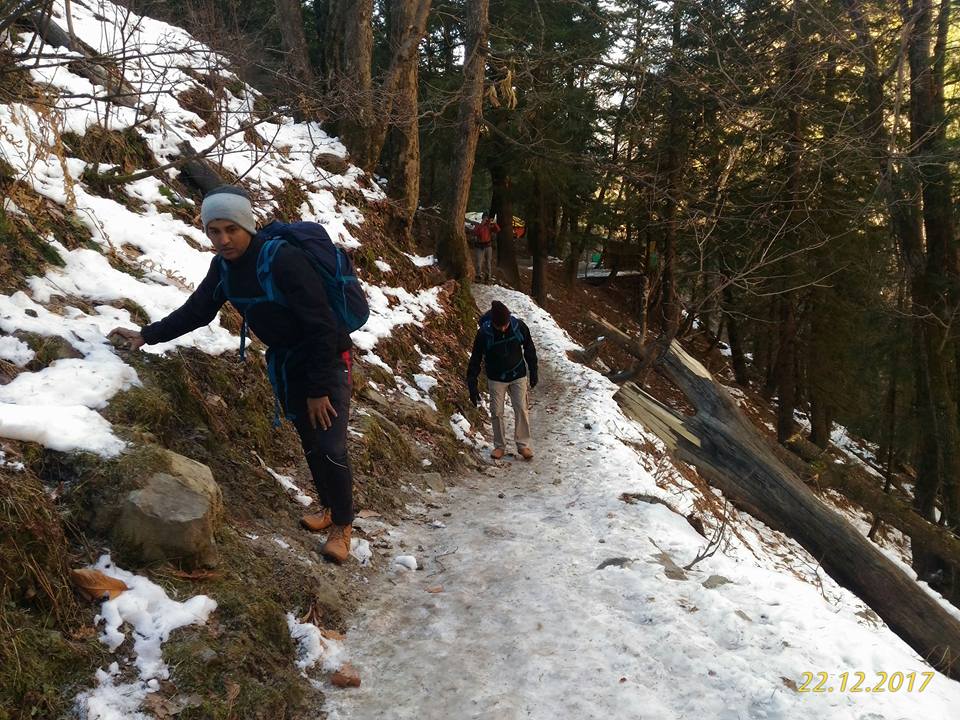
So far, the trail had been clear, but the trail ahead was icy. In some sections, it was black ice. It was Milind’s first time on snow/ice, and he was very cautious with every step. Satish had a decent pair of shoes, but the grip was not good. Not having any microspikes made it even more challenging.
We saw a few other trekkers get quite creative. One of them wrapped socks on his sneakers to get a better grip. We continued our slow penguin walk to Kheerganga.

Around 3 pm we reached Kheerganga. I was surprised to see so many huts spread across the meadows. Thankfully in winter, very few people do this trek, so it was not busy and most of the cafes/camps were not open.
We talked to one of the locals and made arrangements for dinner and camping for the night. We dropped our backpacks, packed some change and went to the hot spring.
Hot Springs at Kheerganga
Kheerganga stands out from other treks I have done in the Himalayas as it is not a mountain summit. But what it lacks in summit view, it more than makes up with a natural hot spring.

After a long day’s hike, a dip in the hot springs relaxed the muscles and melted away the fatigue. It was a unique experience, especially in winter, when it was freezing, and there was snow/ice all around us.
The hot spring dip built quite an appetite, and we had dinner back in the hut. Maybe it was the hunger, cold and the remote environment, but the egg biryani I had at Kheerganga remains my favourite.
Stroller Bag & Heels on The Trek

The next day, we had a late start and left Kheerganga around noon. Milind and Satish already had socks over their shoes. It was a slow walk down the iced-up trail. Kundan, who so far felt invincible on ice, took a fall, and we laughed. Now he was putting socks over his boots.
We soon came across a group of hikers, and one of them was carrying a stroller bag and dragging it on the trail. With a rolling bag, his hike on ice was entertaining to watch.
Around 2 pm, we were at Rudranaag bridge.

Another 30 minutes of hiking and we were close to Nakthan.

After two more hours of hiking, we were getting close to Barshaini. Just then, another group was starting their hike. It was too late in the day to get to Kheerganga, and they had no clue about the trek. A girl in this group was wearing heels. I guess she just followed the stroller bag guy from Manali Airport.
Below is a good view of the trail starting from Barshaini. In the image below, you can see the trail going down to the river. For Kheerganga, you cross the bridge and hike up the trail to go past the houses on the right.

Manikaran Gurdwara
We got on the bus from Barshaini to Manikaran. As it was holiday season (weekend just before Christmas), the Gurdwara (Sikh Temple) was packed. We had dinner at Langar (community kitchen) and got ourselves a room for the night.

The next day, we had a dip in one of the hot spring pools of the Gurdwara. The water, compared to Kheerganga, was very hot. How hot? The Gurdwara cooks food in the hot spring.
Malana – Myths & Fines
After breakfast, we took a bus to Jari and from there a taxi for Malana. It was probably on the top of the list for Kundan as he wanted to visit this place for years. It was not the Malana Cream (local marijuana brand) that it’s known for but the unique history, local governance and remoteness of this place that was enticing.

The taxi dropped us off at the trailhead. First, we had to hike down the valley to Malana River, cross it, and climb the other side. It was a steep hike and probably took 45 minutes to get to Malana.
As per the legend, people in Malana are descendants of soldiers from Alexander The Great’s Army. No scientific study has proven this yet. Maybe an exciting project for Ancestry. Their language (Kanashi), deities and ethnicity make them unique among other remote villages in this region.
Temples in the village have signs warning visitors not to touch any buildings, otherwise they will be fined. The fine (3500 Rupees) has outpaced inflation in the last 20 years. Touching locals in Malana is a taboo as well.
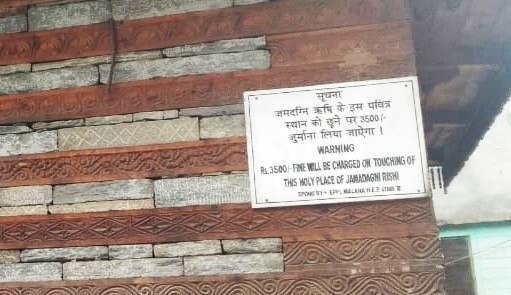
As we sat in the main village square, we saw a group of college students arrive. Soon a local started following and yelling at the group.
One of the students had touched a building, and the locals were offended. They gathered around this group and demanded the fine for touching the temple. Although the student should have respected the local customs and stayed away from the temples, the locals should have let it go. The whole situation felt like a money grab.
The trek was beautiful, but Malana, as a village, was a disappointment. Maybe our expectations were too high. We hiked back to our taxi and drove back to Kasol.
Chalal
We had lunch in Kasol and then hiked to Chalal. Once you cross the Kasol-Chalal bridge, it is a short 20-minute hike along the Parvati (also called Parbati) river to Chalal. We got a room for two nights at one of the guest houses.
The next day, we thought about going to Rasol village (3-4 hour trek one way) but decided to take it easy and explore around Chalal. We went for a stroll along the Parvati River

Houses in Chalal

Driver Without License
On December 26, we hiked back to Kasol and reached Manali by bus. After a late lunch, we boarded the overnight bus to Delhi. The next day, around 5 am, the bus stopped, and a local policeman got in. He checked the driver’s license and other papers.
The police announced that the driver does not have a valid license and asked all of us to find another bus. We were still two hours away from Delhi. Other passengers were frustrated by the turn of events, and some commented on the police not getting their share (bribe) from the travel agency.
We did what any other law-abiding citizen in India would do in this situation. We got down from the bus and got a cup of tea to watch the show. The driver made some calls and was pacing back and forth by the side of the road. After more than an hour, the driver settled things with the police, and we were on our way.
Later in the afternoon, we got on a flight and reached Pune. It was a fun week with friends from undergrad. The trek and all the challenges that come with it helped us connect at a deeper level. Although we didn’t firm up any plans, we discussed making a similar trip next year. It happened to be Kedarkantha Trek in 2018.
Trek & Travel Tips:
Note to self – Next time, for Delhi to Manali travel book with HPTDC. Even better fly to Manali.
Gear – If you are doing this trek in winter, make sure you have the right equipment to deal with the sub-zero temperature. Here is what I packed for my Ladakh trip in December 2019. Except for the shell pants, I had about the same gear for Kheerganga. Depending on the season, consider bringing microspikes or other traction devices.
Acclimatization – Kheerganga is at 2960 m. Irrespective of your fitness level, acclimatization is key to your safety. MedWild has an excellent video series on altitude illness.
Malana – check out these two articles for some interesting information
Chalal – An informative and fun Q&A on Ghooming Blog
Disclosure: I am not affiliated with any of the above organizations.
Did you enjoy reading this post? Please subscribe to get weekly updates. Please share your feedback in the comments section below. Thank you!


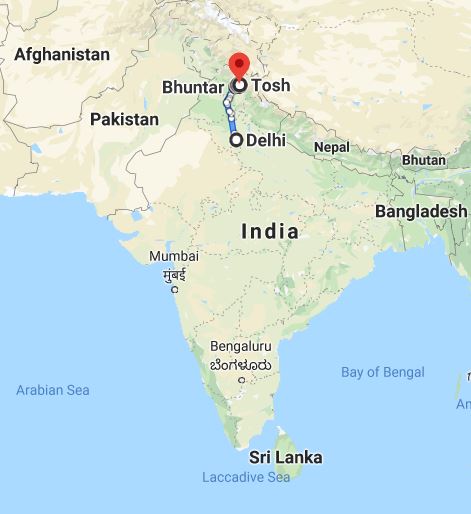
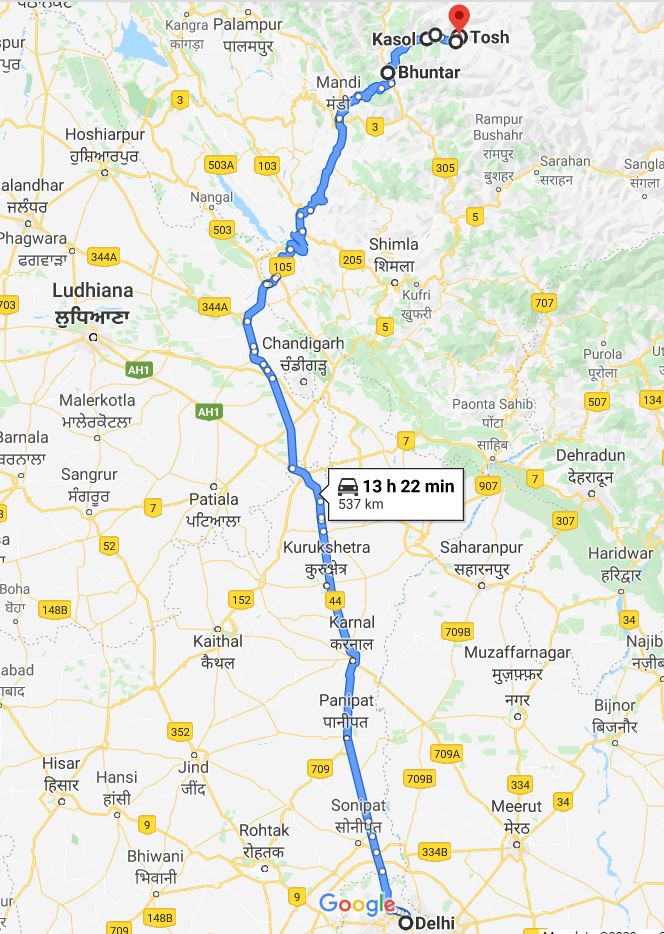


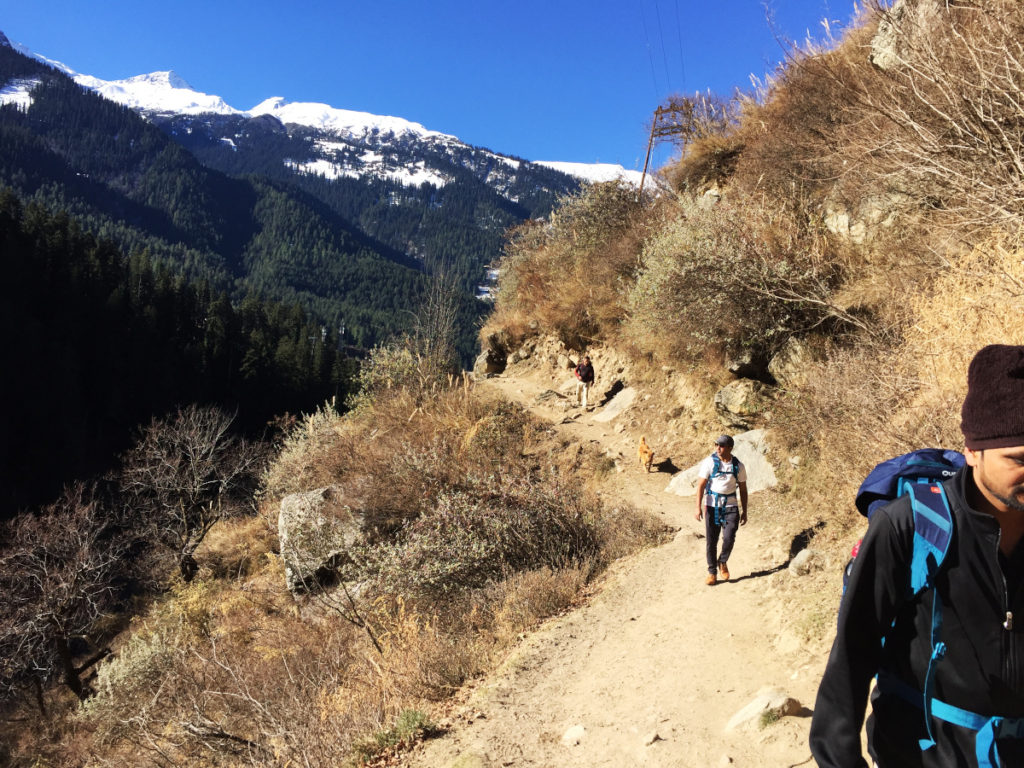
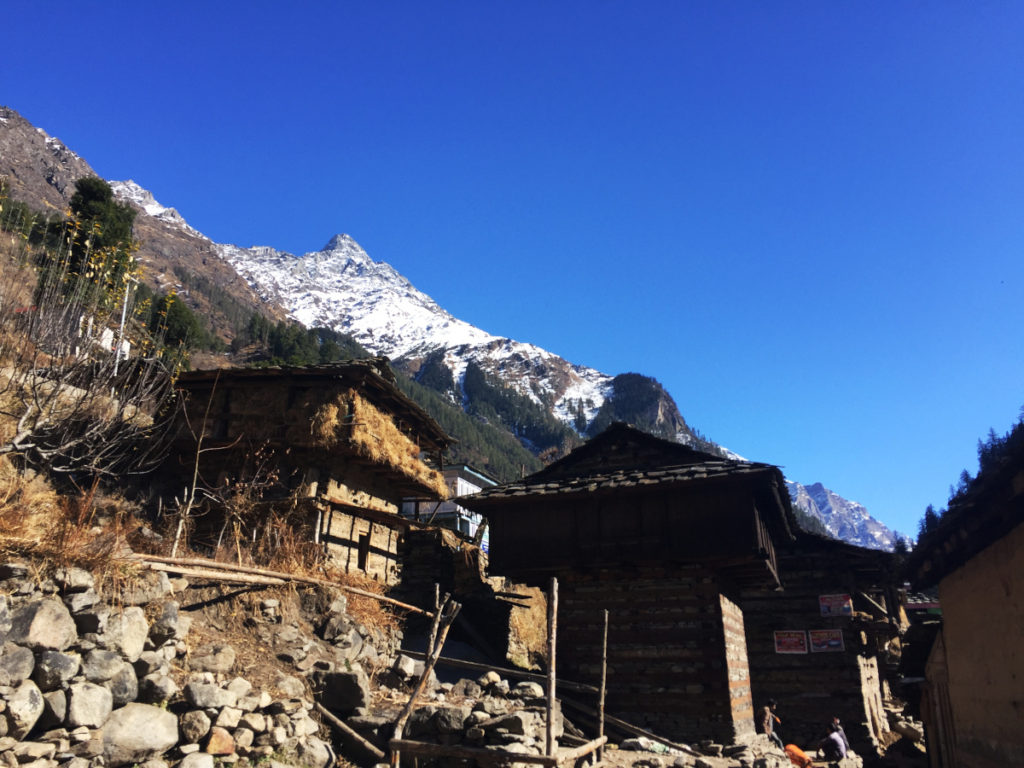
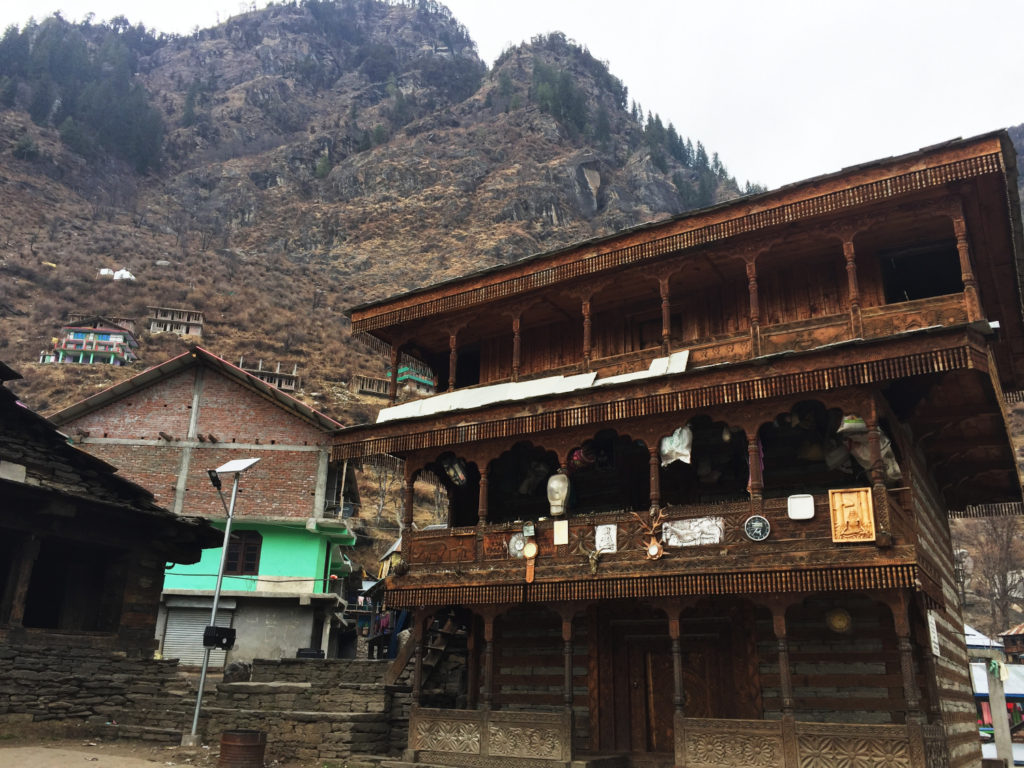
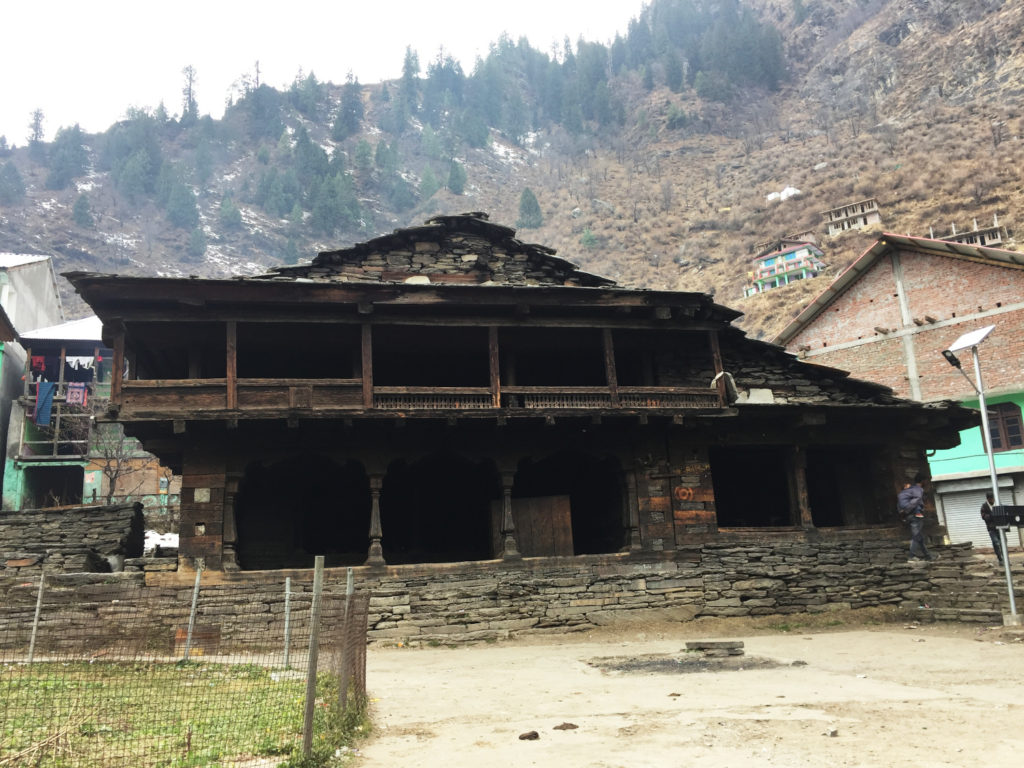
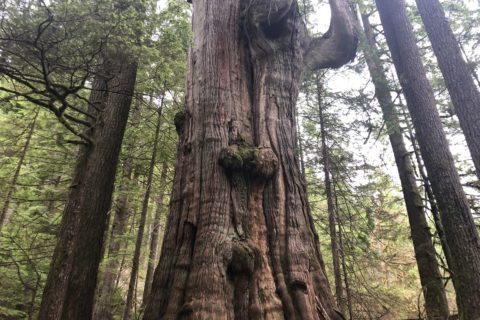
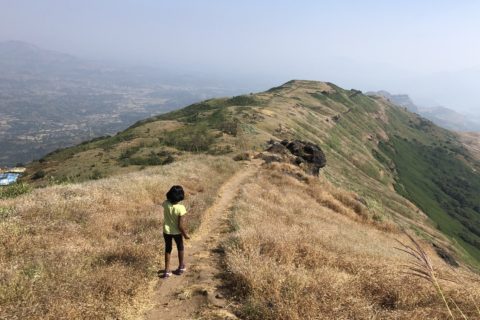
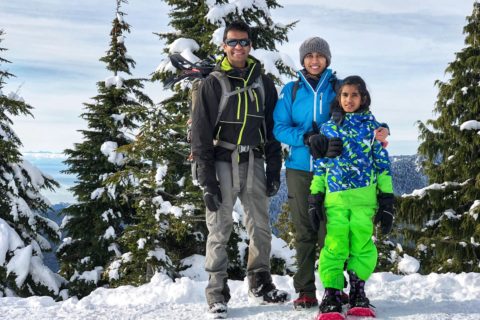
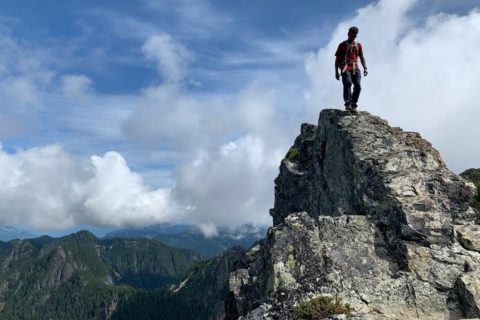
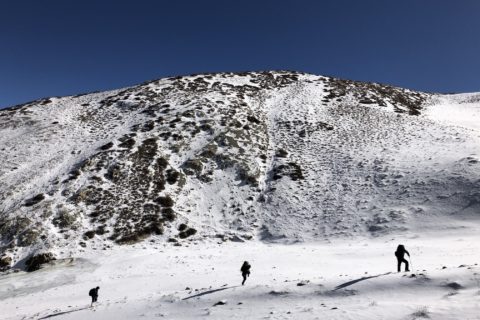
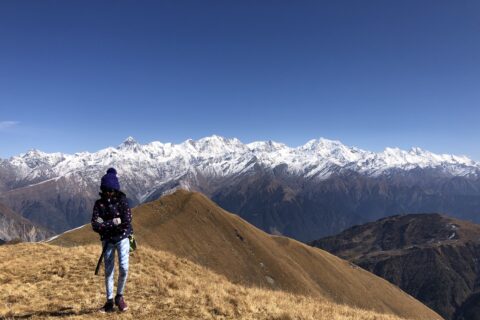
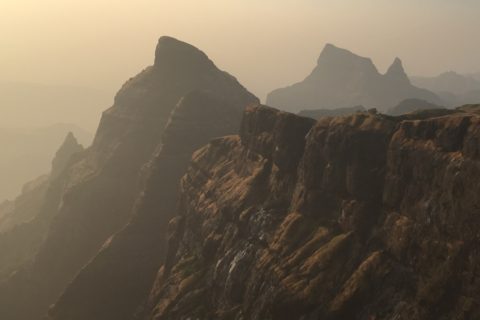
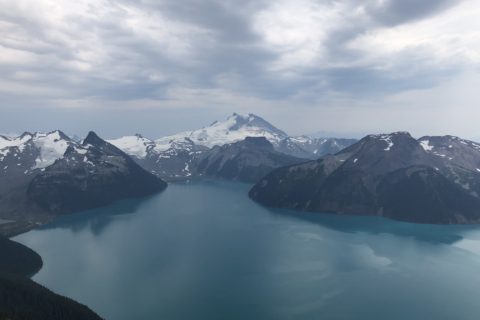
Chennagi baredidi Raja. Bere treck navarige tumba help agutade.
Nangu treck ge hogalikke ista. Aadre age aaitu alva.
Tumba chanda madi baredidi aaita.
Good Raja.
Thank you amma.
Sundar khoopach chan
Thank you!
Kheerganga trek is one of the best beginner’s trek and is very beautiful. Just loved every part of this trek. Btw nice article. Keep up the good work.
Thank you Abhishek